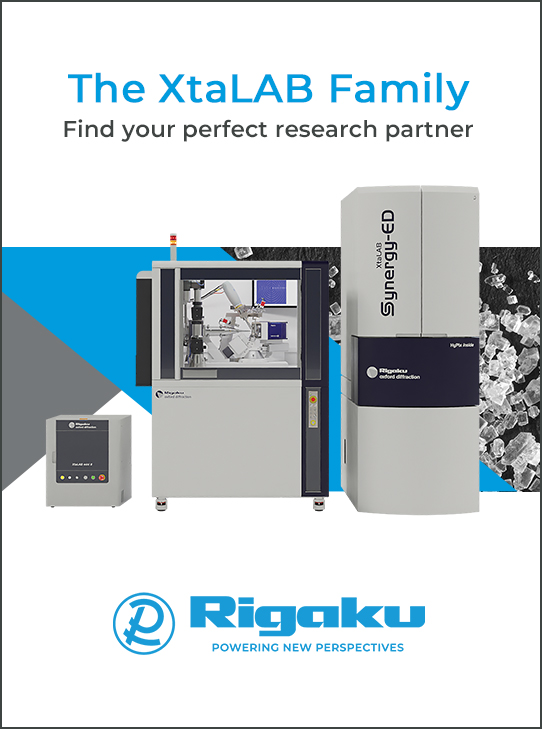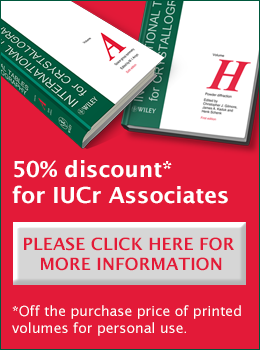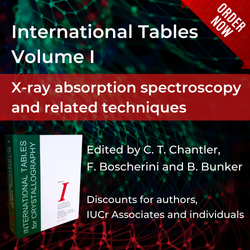


Meeting report (IUCr supported)
Hot Topics in Contemporary Crystallography 6 (HTCC6)
![meetingthumbnail [meetingthumbnail]](https://www.iucr.org/__data/assets/image/0003/158610/meetingthumbnail.jpeg)
Ever since the spectacular production of Shakespeare's Hamlet at Dubrovnik's St Laurent fortress (Lovrijenac) back in 1989, with Daniel Day-Lewis as the handsome Danish prince himself and Dame Judi Dench as Gertrude, Dubrovnik has been just a stone’s throw away from becoming an international star city of the performing industries. And, inevitably, it became one, as King's Landing, a mythical capital of seven kingdoms in the global blockbuster of the 2010s, Game of Thrones. Nevertheless, famous Academy Award winners, film makers and celebrities of all kinds are not the only ones wandering the charming alleys of this medieval jewel. Since pre-pandemic 2019, Dubrovnik has also been the scene of a series of macromolecular crystallography workshops – Hot Topics in Contemporary Crystallography (HTCC), organized by the Croatian Association of Crystallographers (CAC). The sixth edition (HTCC6) of this series took place from 7 to 12 April 2024 in the Akademis Academia, the very first embodiment of what is apparently to become a widespread new and unique Croatian format of an academic centre, combining student and commercial accommodation and student restaurants and cafeterias with top-notch sports, recreation and conference facilities, all in one place. The Akademis is located only a 15 minute easy walk (or just five minutes by public transport) from the old city gates.
HTCC6 was entirely dedicated to macromolecular crystallography (as were its two predecessors, HTCC4 and HTCC5, also held in Dubrovnik, in 2019 and 2023, respectively). During the four working days, which routinely started at 08:30 sharp and lasted until very late in the evening (frequently until 23:00), four topics were thoroughly tackled: crystallization (HT1), data collection (HT2), data processing and structure solution (HT3) and databases (HT4). This was achieved through a balanced number of lectures (17), tutorials (12) and demos/hands-on sessions (2). An absolute delight for the students and HTCC6’s fil rouge of a kind was the “Bring your own sample” activity, with two formal sessions and many informal gatherings, permitting students to bring their ill-crystallizing samples and improve the crystallization conditions using micro-seeding techniques with the help of a Douglas Instruments crystallization robot installed on site. Sadly, only two of the students (Sergio Müller from Argentina and Bilge Tosun from Türkiye) took advantage of this excellent opportunity to both improve their knowledge on the secrets of crystallization and work on their own troublesome samples. I was happy to see them both anxiously checking on their growing crystals even on the very last day of the workshop, and begging the organizers to delay the dismantling of the small wet lab.
![[demonstration]](https://www.iucr.org/__data/assets/image/0004/158611/demonstration.jpeg)
Daniel Day-Lewis and Judi Dench may have been the megastars of Hamlet at Lovrijenac, but the stars of the HTCC6 were its lecturers and tutors, the list of whom I could not be prouder. Crystallization was masterfully presented, through an entire (long) day, by (in alphabetical order) Areej Abuhammad, Terese Bergfors, Martin Caffrey, Elspeth Garman and Patrick Shaw Stuart. The students practised 'crystal fishing' with the aid of a video microscope that projected onto the main screen, allowing everyone else to see exactly what was happening and to applaud when the 'fisher' was successful. They also had the opportunity to learn how to operate the Douglas Instruments crystallization robot and use this equipment for the crystallization of their own samples. The key word of the day was “seeding” – a magic that turns bad crystals into beautiful ones.
![[crystalfishing]](https://www.iucr.org/__data/assets/image/0005/158612/crystalfishing.jpeg)
Tuesday 9 April was a new day for a new topic – data collection. I wanted to shape this day so as to provide a practical and as-deep-as-possible insight into how data collection works on different platforms. Krešimir Molčanov gave an excellent talk on data collection on the home instrument, combining it with, as we realized by talking to students in due course and reading their honest answers and comments in our post-festum online survey, a much-needed basic crystallography crash course. It was followed by Annie Heroux’s synchrotron experiment presentation with Nicola Demitri, who joined us live from an Elettra Synchrotron beamline in Trieste, Italy, and performed a typical experiment just for the eyes of the HTCC6 participants. The afternoon of the second day provided full justification for the very name of the workshop (Hot Topics in Contemporary Crystallography), with Henry Chapman, Saša Bajt and Dominik Oberthür introducing the theoretical foundations and practical aspects of serial crystallography, including a tutorial in which a typical experiment was presented step by step, by D. Oberthür.
Combined data processing, structure solution and refinement made up the third hot topic of HTCC6. The day was jam-packed with a series of alternating lectures and tutorials delivered by people who actually create and develop CCP4 – one of the most popular software packages for macromolecular crystallography: Eugene Krissinel, Rob Nicholls and Lucrezia Catapano. Finally, for the fourth topic, databases, we had with us contributors from both the PDBe (Paulyna Magaña and Genevieve Evans) and the CCDC (Ilaria Gimondi, Kepa Burusco-Gondi and Fabio Montisci), who demonstrated the up-to-the-minute features of these two important crystallographic databases with a particular emphasis on the zones where small molecule and macromolecular structures intertwine (docking). An entire lecture was dedicated to AlphaFold. Intensive hands-on sessions introduced students to the practical use of PDB-KB, CCDC Crossminer and Gold.
![[tutorials]](https://www.iucr.org/__data/assets/image/0006/158613/tutorials.jpeg)
The workshop, which was this year again generously co-funded by the Croatian Science Foundation through project calixDNA (Principal Investigator: Aleksandar Višnjevac), and sponsored by Douglas Instruments, Labena, Selvita, Bruker and Jena Bioscience, gathered 52 registered participants from 16 countries (Argentina, Austria, Croatia, Czechia, Denmark, Germany, India, Ireland, Jordan, Latvia, Poland, Slovakia, Sweden, Türkiye, UK and USA) with 23 students and 17 tutors and lecturers. Sixteen students received bursaries to cover, partially or entirely, their registration fees and accommodation expenses. The bursary scheme was generously funded by the IUCr, the Croatian Association of Crystallographers and the European Crystallographic Association.
Students presented 15 posters and eight five-minute-long oral pitches called officially “discussion triggering presentations” (DTPs). The best presentations were rewarded with monetary prizes generously provided by Selvita (€150 in cash for the best DTP) and the CCDC (€100 in cash for the best poster). The reviewers (B. Zieba, T. Bergfors and A. Višnjevac for the Selvita best DTP award, and I. Gimondi, E. Garman and A. Abuhammad for the CCDC’s best poster prize) had a tough job indeed. It took firstly careful inspection and then long and sometimes fervent discussions to finally unanimously select the winners. Colin P. Wren from Ireland (for his poster Symmetry Matched Protein – Macrocycle Assembly) and Kinga Pokrywka from Poland (for her poster Exploring the role of active site residues of Rhizobium etli L-asparaginase in catalysis) shared the CCDC award for the best poster presentation. Boris Gomaz from Croatia won the Selvita best DTP award for his oral contribution entitled Computational analysis of purine nucleoside phosphorylase dynamics.
![[bestposter]](https://www.iucr.org/__data/assets/image/0007/158614/bestposter.jpeg)
![[dtpaward]](https://www.iucr.org/__data/assets/image/0008/158615/dtpaward.jpeg)
As a devoted organizer, I am equally keen to motivate students and lecturers to complete and submit the online questionnaire on their impressions of the workshop, as I am curious about their answers and determined to shape the future editions according to the opinions thereby gathered. I am particularly proud that this year the organization of the workshop, and communication with the organizing committee, as well as the quality of the lectures and expertise of the lecturers passed this test with flying colours. The overall impression of the accommodation, registration fee, lecture hall, website and online registration process was almost equally good. Most of the students who took part in the survey do feel, however, that the long hours were counterproductive, and that the workshop should rather be extended for a day or two, allowing some more free time to socialize and relax. However, I was puzzled by this overwhelmingly expressed opinion, as I sometimes had a hard time to chase students out of the lecture room at 23:00, as they were still enthusiastically discussing around the posters, whereas I had an agreement with the management to leave the room by this hour. Anyway, the answer to the question “Would you recommend the HTCC workshop to a colleague?” was almost unanimously (20 out of 21) positive. This is the ultimate encouragement to myself and my team of organizers not to spare efforts to keep HTCC running in the future.
More on HTCC6 is available on the Facebook page "Croatian Association of Crystallographers", on the Instagram profile "Croatian Crystallographers" and on the X profile @hrvukris. We are very much looking forward to HTCC7 and we invite you to keep an eye on our social networks so you do not miss it.
Copyright © - All Rights Reserved - International Union of Crystallography
